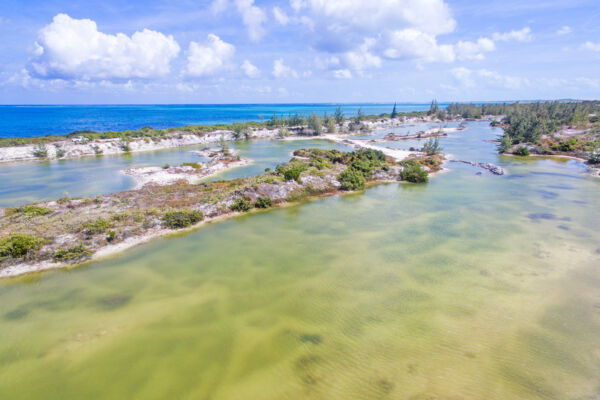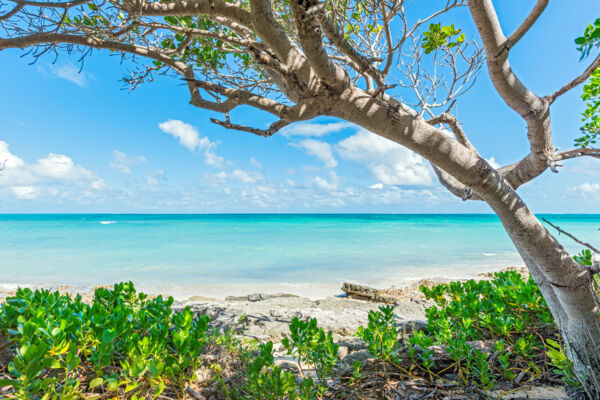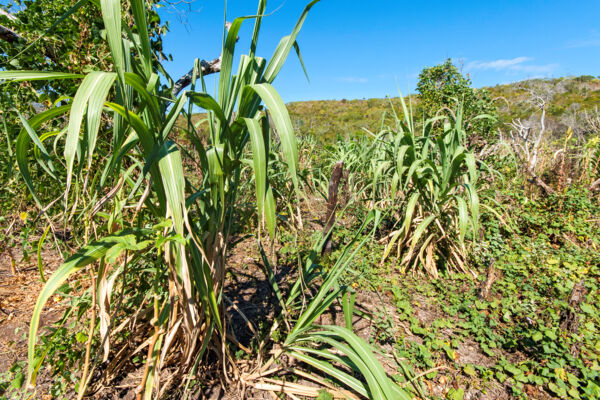Wheeland Providenciales

The community and area of Wheeland (also locally referred to as Veeland) is found between Blue Hills and Northwest Point. Until recent years, this area supported very little development and largely only saw small farm fields, where maize, pigeon peas, squash, and okra were grown.
Today, the general Wheeland area is home to two local residential neighborhoods: Millennium Heights, which is inland to the southwest of Blue Hills, and Wheeland Settlement (also known as Belglade Gardens), which is closer to the beach and directly to the west of Blue Hills.
Wheeland is the last settled region on the west of Providenciales before the undeveloped regions of Northwest Point and Malcolm’s Road Beach.
Vacation Accommodations
Short-term vacation lodging is offered at a few homes in both the Wheeland Settlement and Millennium Heights neighborhoods. Due to the remote location (from a tourism perspective), these accommodations tend to rent for some of the lowest rates on the island.
Because of the lack of local public transport, it's strongly recommended that visitors staying in Wheeland reserve a rental car for the duration of their trip.
Wheeland Ponds

One of the interesting features in the area are the Wheeland Ponds, a complex system of natural saline ponds and manmade water-filled pits that have formed at the former site of a sand quarry. These ponds range in salinity from brackish (semi-salty water) to hypersaline, and are a haven for birdlife.
There are proposed changes to the National Parks in the Turks and Caicos which include the creation of the Wheeland Pond Nature Reserve, a 96-acre (38.8-hectare) protected area, some of which is directly accessible from the paved Blue Hills Road.
Wildlife
Some of the ponds at Wheeland were created as the mined sand pits naturally filled with water, and consequently, their environment differs a bit from other wetland terrains common to Providenciales.
The vast majority of inland bodies of water on the island are shallow high-salinity ponds, or tidal mangrove-lined channels that are directly connected to the ocean. Wheeland Ponds, however, tend to be distinct ponds that are 3–6 feet (1–2 m) deep, and this slightly increased depth over the other wetlands on the island attracts waterfowl and birds such as ducks, grebes, cormorants, and pelicans.
The salinity and depth of the Wheeland Ponds mimic some of the Karst blue hole pond features found at a few spots throughout the islands, which also attracts similar wildlife and waterfowl.
The Old Northwest Point Trail

The old Northwest Point trail led from the western end of Blue Hills along the coast to the navigation light tower at the extreme point of the island. Before the construction of the Crystal Bay Resort (now Northwest Point Resort), this off-road track was the only land route to the point, and quite an adventure to traverse.
It’s no longer possible to take the full original route, yet remnants still remain in the Wheeland coastal area, and the current national park road, which begins near the resort, still follows much of the old trail.
History

Due to their adjacent locations, Wheeland has been traditionally tied to the settlement of Blue Hills, and was utilized for subsistence farming and the logging of hardwood lumber such as the West Indian mahogany and lignum vitae.
Another industry that took place in the Blue Hills and Wheeland areas was ship salvaging, or wrecking as it was commonly known. The reefs surrounding the Turks and Caicos have proven to be quite treacherous to ships in the past, and the recovery of anything of value left on the vessels provided a significant income to the people on Providenciales at the time. One of the large wrecking bases in the area was Birch’s Lookout.
Both the logging and wrecking contributed to another activity that took place in Blue Hills, the building of Caicos Sloops. The hardwoods harvested in the area were used for blocks, spars, and fittings, and salvaged sails and hardware from wrecks were repurposed on new boats.
